Nicolas Maslach, the Reserve’s Conservationist, accompanied by Julien Chalifour, Head of the Scientific Department, participated in a video conference in Guadeloupe, with the Ministry of Environment. The agenda was dedicated to the progress of the National Plan for the restoration of marine turtles, and to its actions. The conference was held in the presence of DEAL Guadeloupe (Environmental Management Body) and the National Office for Hunting and Wild Fauna (ONCFS), who are responsible for monitoring this plan in Guadeloupe. On the other side of the Atlantic, in their office in La Defense, near to Paris, a representative of the Ministry and marine turtle specialists listened to Eric Delcroix, Project Manager of marine turtles for ONCFS Guadeloupe, who explained that the plan at present has been 50% completed. It includes raising awareness of the public, police actions to control and fight against poaching, the promotion of alternative fishing techniques to limit unwanted turtle captures, efforts to involve fishermen in the implementation of the plan, media publication of information, and finally monitoring stranded turtles in trouble (see article following page). Monitoring the quality of the sites is part of the plan and takes into account the environmental condition of the site; if vehicles are traveling near it or not, if there are spotlights, if the upper beach has vegetation... For Saint-Martin, our representatives explained the difficulties particular to our island, such as the sustainability of the Eco Volunteers Network, composed largely of teachers who leave for other destinations at the end of their three or four year contract. Also, health care for injured animals is sorely lacking, just as the administrative complications for species with an endangered status make it almost impossible to transport an injured turtle to Guadeloupe. A request for technical and financial assistance has been put forward in the form of setting up a primary health care center in Saint-Martin, with a local point of veterinary assistance. This establishment would allow a recovered animal a place in captivity to receive an initial diagnosis, to stabilize its condition, and then to decide on whether or not to send it to Guadeloupe, or to release it at sea, possibly after a period of care.
Killed by a boat propeller
On March 20th, 2013, an injured Green Turtle was rescued in Marigot by the Reserve team and Claire Saladin, veterinarian, thanks to the vigilance of passersby and employees at the Marina Fort Louis. This juvenile turtle - under 25 years old - showed signs of a violent collision with two boat propellers. Its fractured left shell revealed a gaping wound on its back. Despite the care provided by the mobilized team, «Marigot» was to die from a cardiac arrest the following week. The accident meant she would never get to reproduce, and this loss is invaluable when you know that less than one egg in a thousand, for these endangered reptiles, reach 25 years old, the age when a turtle has its first chance to reproduce and come and nest on our beaches.
Speed limited, turtles protected
The presence of marine turtles on the coastline and the development of boating in Saint-Martin are certainly not without risks. Although these reptiles are aquatic they have lungs, which require them to frequently come to the surface to breathe. This is where they are most vulnerable to the risk of collisions. Reducing speed near the coast will guarantee the safety of the vessel, other users, and also many animals that frequent our shores: whales, dolphins, birds and turtles. The regulation is very clear: in the 300m band, the speed of any engine is limited to 5 knots, about 9 km/h. Three species of sea turtles live in the waters of Saint-Martin. Green Turtles, Hawksbill and Leatherback Turtles all feed here and breed annually from March to October.
When in a collision or if you see a dead or injured animal, please immediately call the Saint- Martin Nature Reserve (05 90 29 09 72 / 06 90 34 77 10), head of the local network for stranded sea turtles, so that action can be taken. No legal proceedings will be taken against those responsible for the collision, so there is no excuse for not reporting the accident. Do not try to move the animal. Remember to provide key information: number of animals, precise location, time of the last observation, movement or lack thereof, visible lesions or not, and contact information for further details if necessary. Every report could help save a turtle.

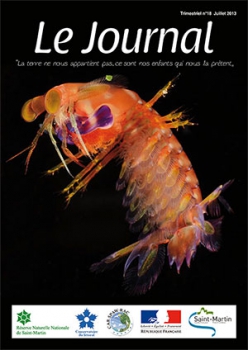
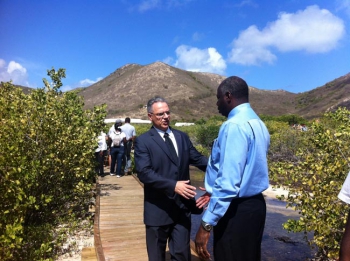
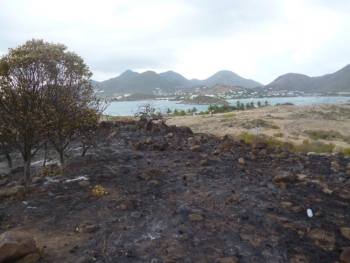
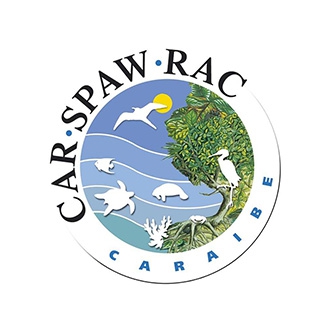
![By MichaelMaggs (Own work) [CC-BY-SA-3.0 (http://creativecommons.org/licenses/by-sa/3.0)], via Wikimedia Commons](https://reservenaturelle-saint-martin.com/sites/default/files/styles/scale_350x350/public/field/portfolio/640px-green_highlander_salmon_fly.jpg?itok=ITOcekGS)
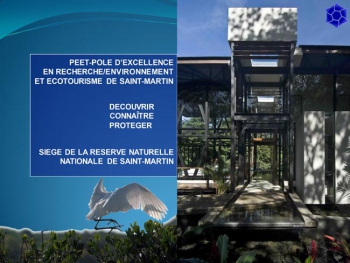
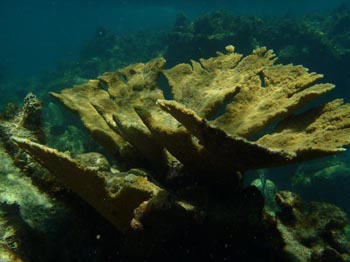
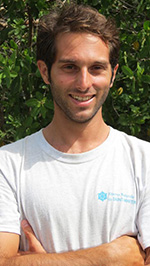
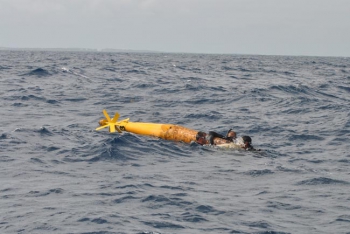
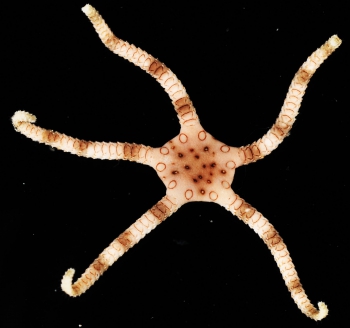
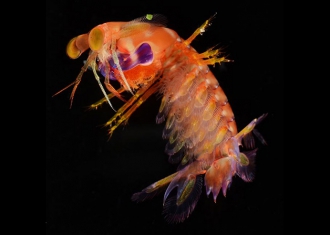
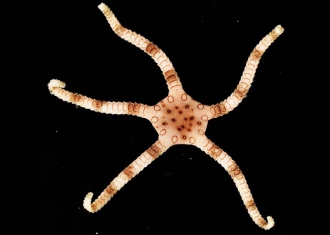
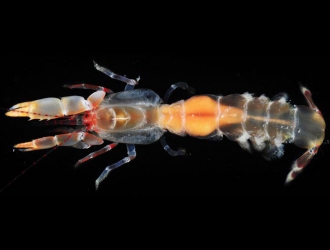
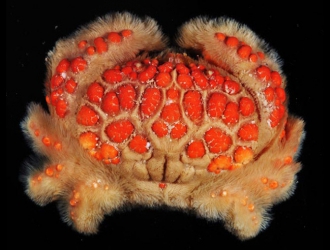
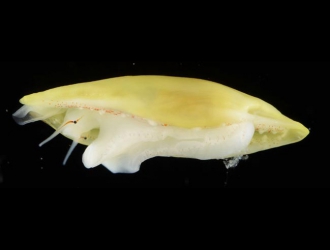
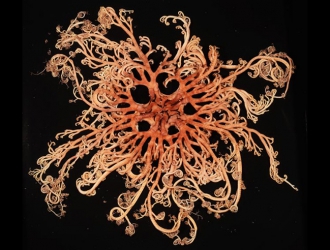
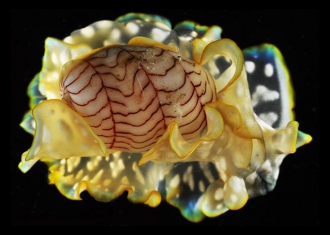
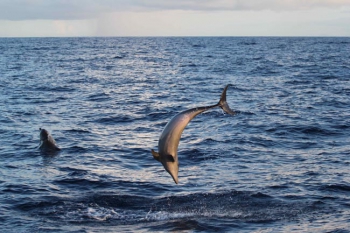
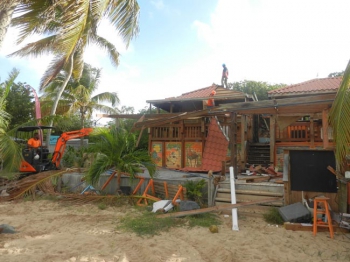
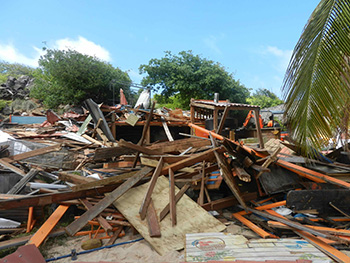
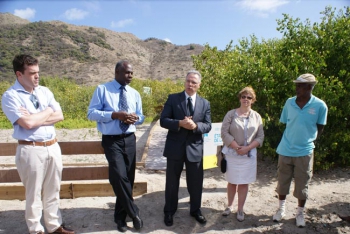
 Again with regards to this site, the Conservatoire wishes to work in collaboration with the Collectivity on the development of the boundary area between the pond and the sea, and more widely to the dock area of Cul-de-Sac, with the idea of welcoming the numerous visitors for Pinel in a more appreciable environment. Further to this, the inaugural visit of the stilted wooden walkway on the Barriére Salt Pond, recently built by the Conservatoire du Littoral, took place during the CRFA. This trail allows visitors to enter the heart of the mangroves that are home to many bird species. Thanks to the numerous educational signboards posted along the walkway, the secrets of the mangroves no longer remain hidden from visitors. This walkway completes the network of facilities already established by the Conservatoire du Littoral, whereby all the major types of ecosystems on the island are now represented: dry coastal forest on the trail of Froussards, coastline vegetation on Pinel, and seascapes at the Coralita Observatory.
Again with regards to this site, the Conservatoire wishes to work in collaboration with the Collectivity on the development of the boundary area between the pond and the sea, and more widely to the dock area of Cul-de-Sac, with the idea of welcoming the numerous visitors for Pinel in a more appreciable environment. Further to this, the inaugural visit of the stilted wooden walkway on the Barriére Salt Pond, recently built by the Conservatoire du Littoral, took place during the CRFA. This trail allows visitors to enter the heart of the mangroves that are home to many bird species. Thanks to the numerous educational signboards posted along the walkway, the secrets of the mangroves no longer remain hidden from visitors. This walkway completes the network of facilities already established by the Conservatoire du Littoral, whereby all the major types of ecosystems on the island are now represented: dry coastal forest on the trail of Froussards, coastline vegetation on Pinel, and seascapes at the Coralita Observatory.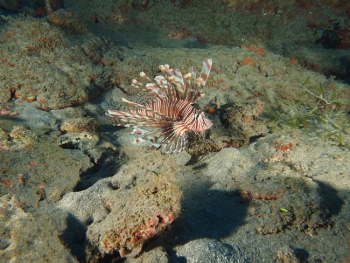

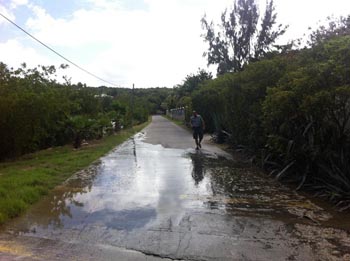
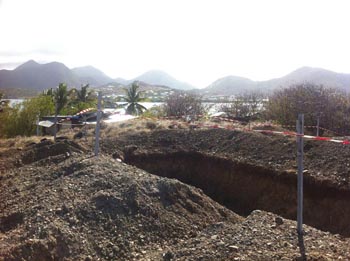
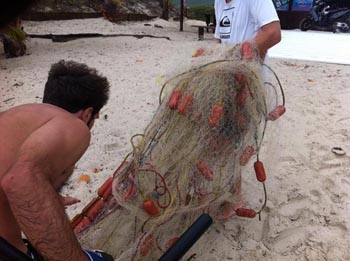
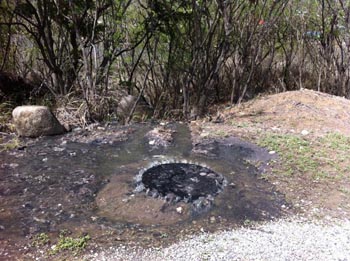
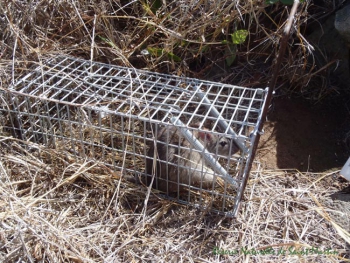
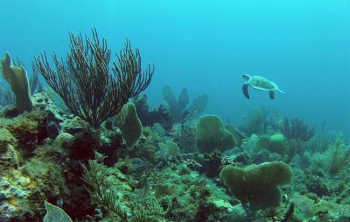
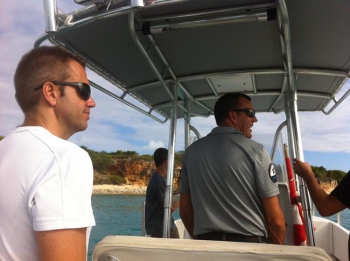
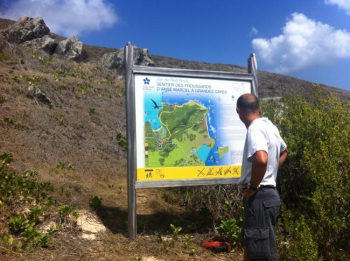

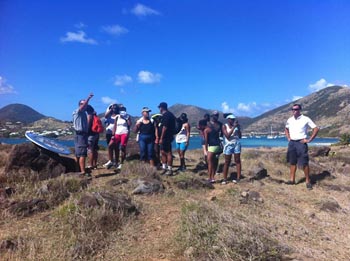
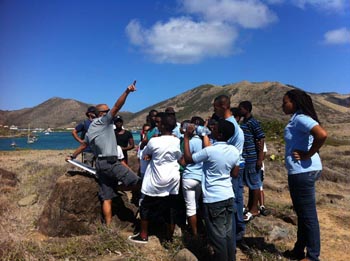
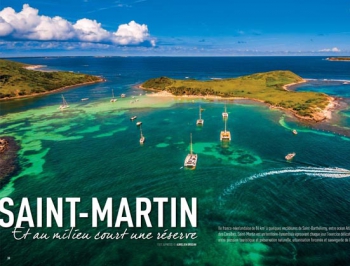
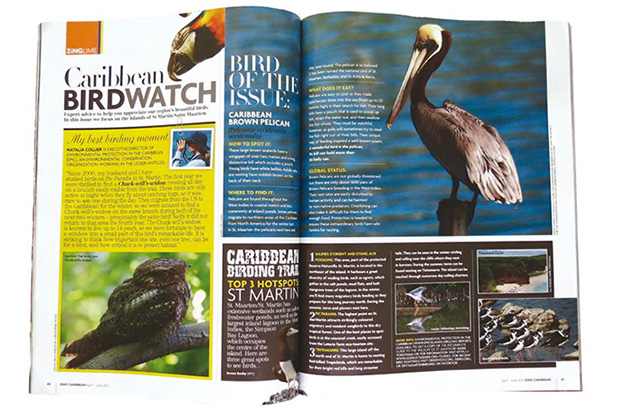
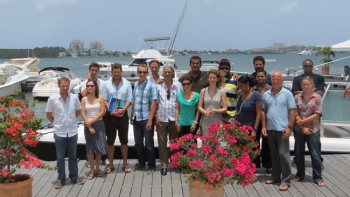
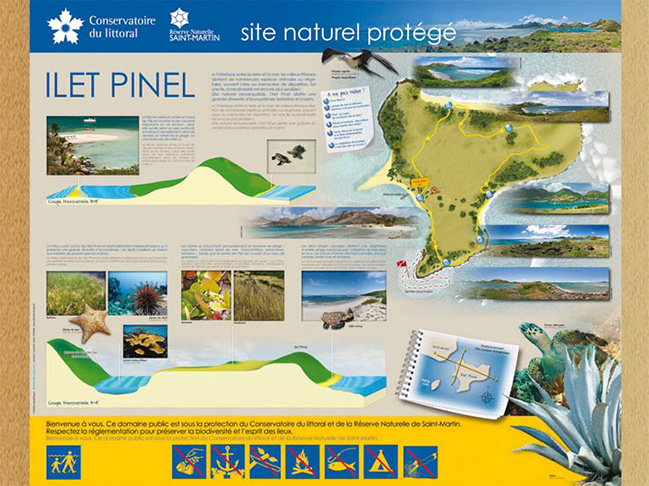
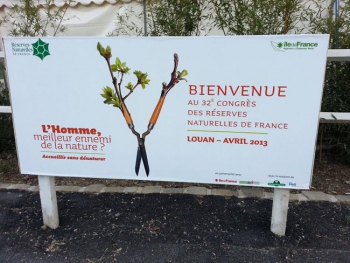
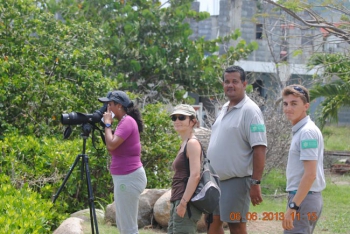
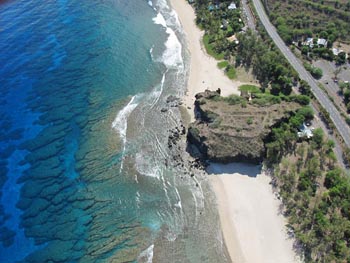 Le cap Homard, La Réunion © B. Cauvin
Le cap Homard, La Réunion © B. Cauvin














